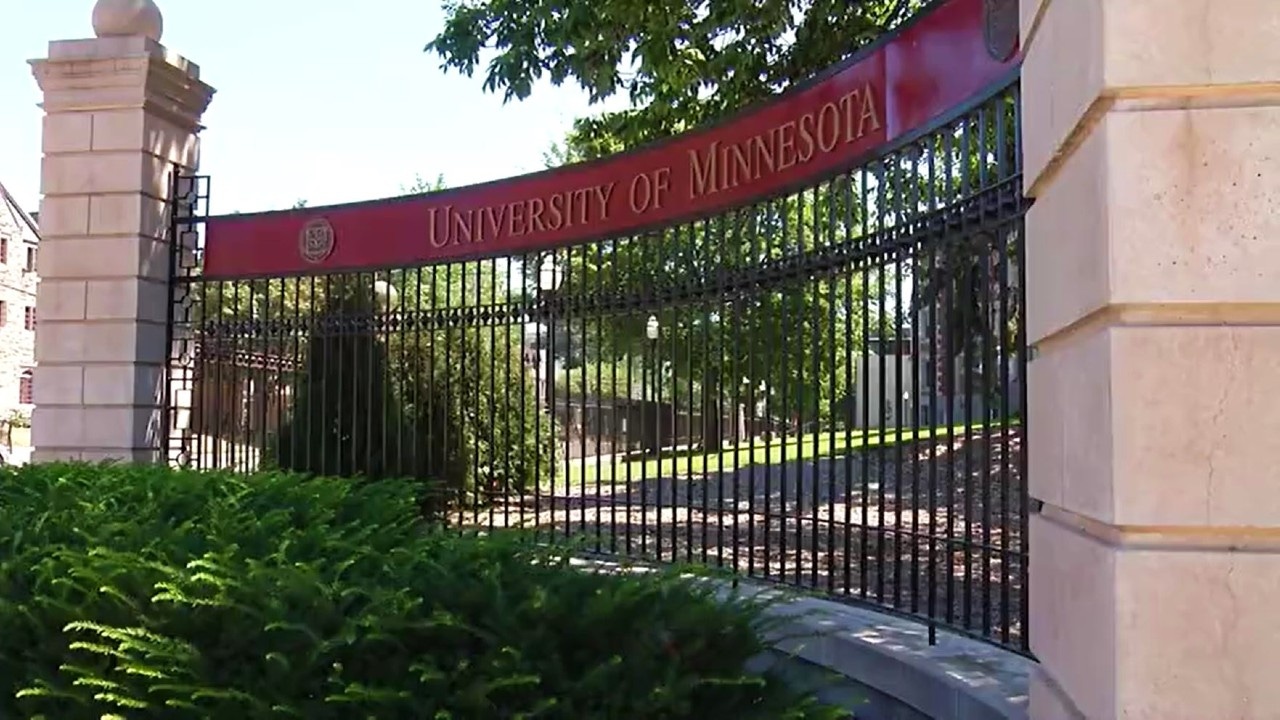Despite objections, U of M to replace in-house captioning for deaf, hard of hearing community
A group at the University of Minnesota is working to protect some services for the deaf and hard of hearing community.
Next week, the university is eliminating “in-house captioning.” A petition against this move has secured hundreds of signatures but the U of M is standing by its decision.
Sina Hanson has been at the University of Minnesota since 2004.
“It’s a wonderful place to be,” Hanson, a C-Print captionist, said.
Hanson currently works as an in-house captionist to help those students and faculty in the deaf and hard of hearing community.

(FILE/KSTP-TV)
“I go to classes, meetings or events with a laptop and I’m typing all audible information so anything someone says and any environmental sounds or context, I’m typing out on a screen and the text is scrolling,” Hanson said.
But her time at the university could soon be coming to an end.
“This will completely remove a system meant to provide access that was established for a reason,” Hanson said.
Hanson received word from the university that she and six of her colleagues would be out of a job later this month because the U of M is moving to the full use of outside vendors for captioning.
“It’s the difference between being able to engage and have equitable access and basically experiencing discrimination,” Hanson said.
The University of Minnesota calls this a “difficult” decision but added, “it’s the Disability Resource Center’s experience that students generally prefer this verbatim captioning provided by vendors.”
The union representing these employees, AFSCME Local 3937, argues it’s all about money.
“They told us about how much money they’re going to save,” Mary Austin, president of AFSCME Local 3937, said.
The University of Minnesota acknowledged the cost savings but stressed that these vendors already provide 70% of their real-time captioning and believe the further transition will result in “highly accurate captioning services.”
Hanson disagrees, saying the service will most certainly take a hit.
“If the provider misses it, they are not captioning that information, then the captioning user is having a different experience than everyone else in the room,” Hanson said.
The changes are expected to take effect on Aug. 15.
The U of M provided the following statement:
“While it was a very difficult decision to transition to full use of vendor-provided real-time captioning services, starting on August 15, it’s the DRC’s experience that students generally prefer this verbatim captioning provided by vendors. This transition will not only meet the service expectations of these students going forward, it will result in highly accurate captioning services and in cost savings that will enable the reallocation of resources to programs that proactively promote accessibility, programs supporting: inclusive teaching, accessible classrooms and workplaces, digital accessibility, and other high impact strategies to promote inclusive access—priorities that make the DRC the gold standard in this space.
“The University will continue to work with the same vendors for real-time captioning, including a local firm we have worked with for the past 16 years. These vendors currently provide 70% of our real-time captioning, with the seven-person in-house staff providing the other 30%. Vendor-provided captioning services employ a method (CART) that provides a nearly verbatim translation of what is spoken. CART providers must complete two years of specialized training in order to use this highly accurate captioning method. DRC staff captionists use a different captioning method that provides a meaning-for-meaning interpretation of what is spoken, rather than a verbatim translation. As I mentioned before, students requesting real-time captioning generally express a preference for the verbatim captioning that is provided by vendors, and our usage stats above reflect that.
“To reiterate, this change ensures we’re providing services that fulfill the needs identified by service users, further our objective of advancing access for all of our community members and meet federal anti-discrimination requirements.”
University of Minnesota